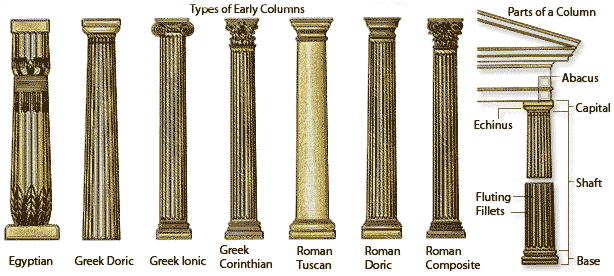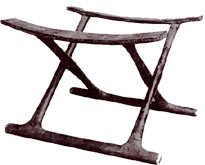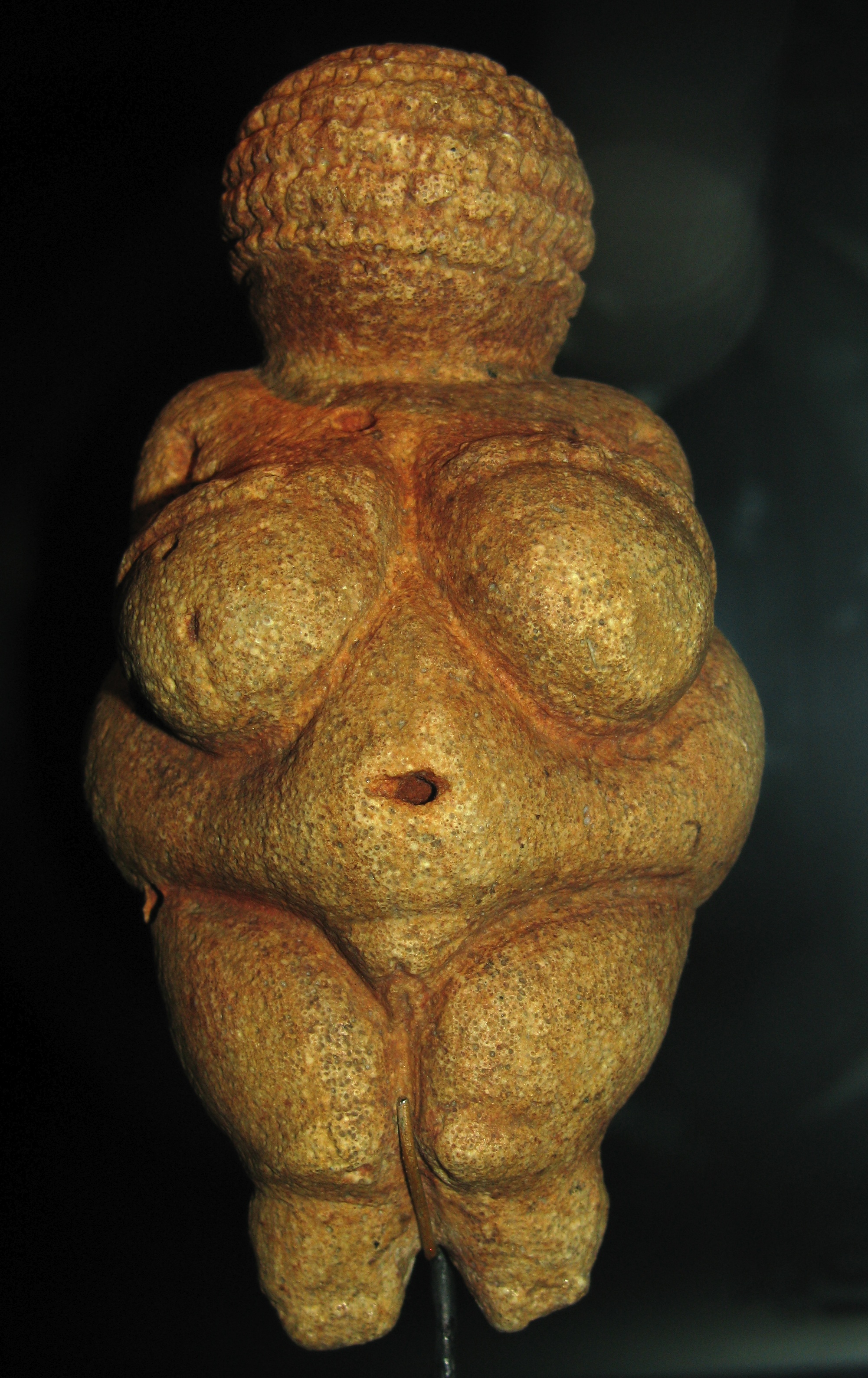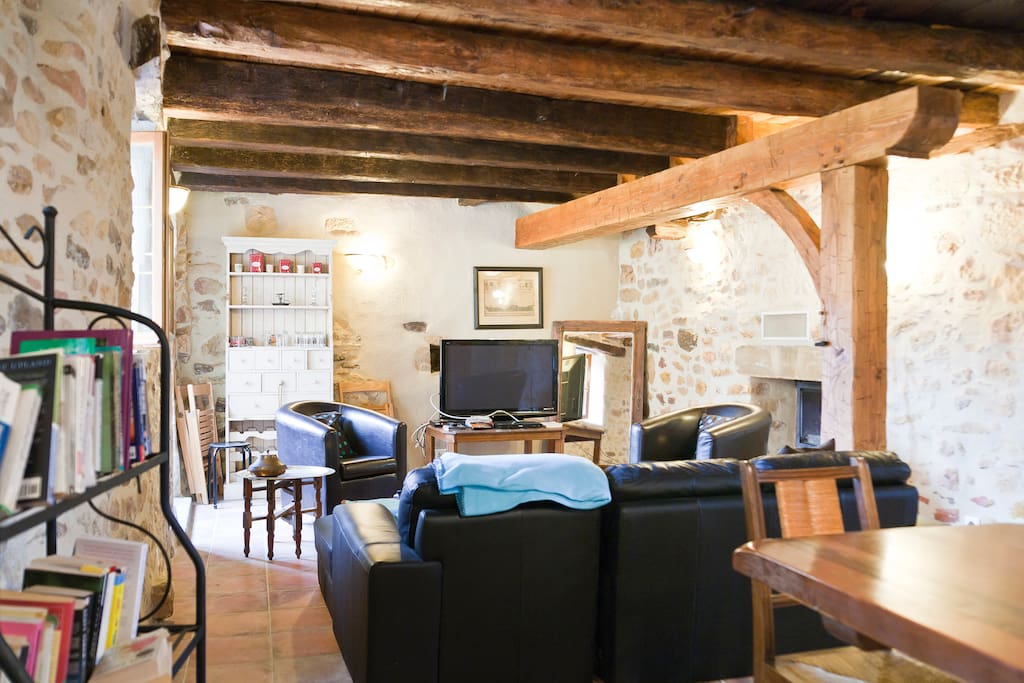Alex: I really enjoyed how she included her own experiences. Having somebody who actually visited the sites we are learning about really helps to explain the surrounding areas.
Amanda: She did a good job summarizing the key points of Rome. She transitioned well with focusing on two specific architectural structures: the pantheon and the coliseum.
Sunday, January 31, 2016
Wednesday, January 27, 2016
Prehistoric Rome
The Roman Empire, during this period, was the most powerful civilization up to this point in time. The past time periods had developed a great structure for the Roman Empire. In particular, Greece defined a lot of great subjects that only empowered the Romans more. It was the greatest power west of China. They served as a catalyst in spreading art and civilization. Like past periods with trade, Rome controlled commerce in the western Mediterranean Sea. They utilized this greatly for trading goods and the like.






This culture was truly defined when transportation became abundant. They mastered road building which created several other new inventions. The post and lintel construction was utilized in building designs. The columns were decorative and structural; even more than past columns and structures. Likewise, they took pride in their extravagant ornamentation in furniture. A lot of these new inventions stemmed from concrete; a discovery of this era. With the use of the concrete, major developments such as arches, barrels, vaults, and domes were used greatly throughout architecture.
Structures and social values played a huge role in their culture. Religious figures were often represented through tombs and temples. Entertainment was very popular. Sporting events, circus', concerts, and plays were put on frequently. Art was expanding at a fast pace; it was one discovery after another that the culture enjoyed thoroughly.
One of the greatest monumental structures was the Coliseum. It was made out of concrete and stone; which is probably why it is still alive today. It utilized the arch and barrel vault, and each level demonstrated a podium, column, and entablature. It was a very famous prototype of a sports arena. You can see similar arena's in today's era; they were more than likely based off of the coliseum in Rome.
Another great structure was the Pantheon; still present today. It was commissioned by Marcus Agrippa and was rebuilt by the emperor Hadrian. It utilized a round temple with a dome. Because of that, it is known as the world's largest un-reinforced concrete domes of the world. An interesting element within the building is the oculus. It is 142 feet in diameter and 142 feet high. It is an opening within the structure where natural light comes through. Rainfall, sunlight, and the like can leak through at any time of the day. That is why it is so unique in design.
Images | Past
Images | Present

Extra Credit | https://www.youtube.com/watch?v=Ojeq-qSYS-Y
Here is a short clip of 25 "mind-blowing" facts about the destruction of Pompeii.
Monday, January 25, 2016
Greek Civilization | Reviews
Katie: She did a good job summarizing the period very well; hitting all the major points throughout the lecture. Katie demonstrated a lot of great images as well.
Lisa: I really liked how she formatted her information. She did a brief introduction then led up through the Golden Age and the interior of the homes. Her images also demonstrated the time period greatly with buildings to thrones.
Lisa: I really liked how she formatted her information. She did a brief introduction then led up through the Golden Age and the interior of the homes. Her images also demonstrated the time period greatly with buildings to thrones.
Greek Civilization
Greek Civilization was a time of creativity, education, individuality, and democracy. They were the first democracy that we know of. They were the masters of philosophy, science, fine arts, geography, medicine, legal systems, and astronomy. They became so far advanced for their time that it created new horizons for future civilizations. Similar to previous periods, trade was very important in their daily life. The Greek civilization was surrounded by three seas. These three seas, Aegean, Mediterranean, and Ionian, made trade readily available. Much like today's world, they were an independent government. Each community gave off a friendly competition amongst one another; this is shown in today's world as well. They would trade with each other although they were all from separate governments. The climate and agriculture were much like the mid-west. They had very hot summers and bone-chilling winters. During their agricultural production, they created grain, grapes, olives, and salt.
During this period, the Golden Age sprouted. During 480-400 B.C., the Parthenon came about. The Parthenon was an Ancient temple on the Athenian Acropolis. This was dedicated to the goddess Athena. This is known to be the most important surviving building of this period. This is typically considered to be the culmination of the development of the Doric order.
From an interior design standpoint, the architecture and decoration were outstanding. The floors were plastered and painted; a sign of wealth. They used several mosaic techniques such as pebbles, glass, and stone. This was also demonstrated through the use of geometric, mythological figures, as well as flowers and animals. The materials used for the walls were non-plastered mud bricks. Some of the motifs were flora or marine, egg and dart, or Greek Fret and/or Key. A very popular technique that was used greatly was trompe l'oeil. This simply means to trick the eye to make things seem three-dimensional. This is shown in a lot of work during this time period. Windows were placed high on the walls to show the differences between two levels. Doors were made of wood, stone, or marble frames with a bronze fabric. In the dining room, coffered ceilings were popular as well. The Greek Civilization, overall, had created an opening that would be on-going for years to come.
Images | Past


Images | Current



Extra Credit | https://www.youtube.com/watch?v=ii67mz7Z5_g
Here is a short video of more current applications of Greek design utilized today.
During this period, the Golden Age sprouted. During 480-400 B.C., the Parthenon came about. The Parthenon was an Ancient temple on the Athenian Acropolis. This was dedicated to the goddess Athena. This is known to be the most important surviving building of this period. This is typically considered to be the culmination of the development of the Doric order.
From an interior design standpoint, the architecture and decoration were outstanding. The floors were plastered and painted; a sign of wealth. They used several mosaic techniques such as pebbles, glass, and stone. This was also demonstrated through the use of geometric, mythological figures, as well as flowers and animals. The materials used for the walls were non-plastered mud bricks. Some of the motifs were flora or marine, egg and dart, or Greek Fret and/or Key. A very popular technique that was used greatly was trompe l'oeil. This simply means to trick the eye to make things seem three-dimensional. This is shown in a lot of work during this time period. Windows were placed high on the walls to show the differences between two levels. Doors were made of wood, stone, or marble frames with a bronze fabric. In the dining room, coffered ceilings were popular as well. The Greek Civilization, overall, had created an opening that would be on-going for years to come.
Images | Past

Images | Current

Extra Credit | https://www.youtube.com/watch?v=ii67mz7Z5_g
Here is a short video of more current applications of Greek design utilized today.
Wednesday, January 20, 2016
Ancient Civilization | Reviews
Emma: She went into great detail about a lot of aspects of this time period. I really liked how she broke up her paragraphs with an image so it wasn't hard to read or stay focused. She also demonstrated great images that showed off the era.
Savannah: I really enjoyed how Savannah explained the space layouts during this time. It's interesting to see that they were thinking about those things that far back. She demonstrated this through great images.
Savannah: I really enjoyed how Savannah explained the space layouts during this time. It's interesting to see that they were thinking about those things that far back. She demonstrated this through great images.
Ancient Civilization
During this time period of Ancient Civilization, Egypt, Mesopotamia, and Nubia stood out the most. Around 4,000 B.C., larger towns and cities appeared. With a booming population, people were inspired to apply themselves in complex inventions and the arts. They were able to focus on other things opposite of food and shelter due to the security that was created in these categories in the Prehistoric Period. Due to the location of these areas, they were very close to the Nile Valley of Egypt. Because of this, they were able to produce items and use the river as a trade route. To put things into perspective, Ancient Mesopotamia is current day Iraq; Ancient Nubia is current day Ethiopia and Sudan.
The three civilizations, Egypt, Mesopotamia, and Nubia all interacted with each other. This created a huge influence that benefited each area. Due to this, large scale buildings were created. Architecture was a major focus in this period. It was utilized to distinguish different classes of people as well as to show power. They used this to their advantage when they had a viewer; it gave off an intimidating vibe. Although architecture was a major focus, advances were made in other areas of the spectrum. Mathematics, written laws, and sculpture were also a focus as well. The sculptures and artifacts were then stored in the tombs of the pyramids for preservation.
Ancient Egypt primarily used rich materials for their elements of design. Gold was used extensively to show off status and power. All of their sculptures were extremely accurate to the human body; as opposed to the Prehistoric Period. Other materials used were wood, stone, and mud. These items were used to create walls or bricks, as well as the post and beam. They also used varnish or beeswax to create mural paintings. Examples of some architecture, furniture, and materials used are The Great Hypostyle Hall Temple of Karnak and the Ancient Egyptian folding chair.
This style of design is still popular today and can be found extensively once you start to pay attention to certain details.
Past | Images


Current | Images



Extra Credit | Video
https://www.youtube.com/watch?v=u6CNokOXXPY
Here's a short video of a PowerPoint presentation of more furniture during this time period.
The three civilizations, Egypt, Mesopotamia, and Nubia all interacted with each other. This created a huge influence that benefited each area. Due to this, large scale buildings were created. Architecture was a major focus in this period. It was utilized to distinguish different classes of people as well as to show power. They used this to their advantage when they had a viewer; it gave off an intimidating vibe. Although architecture was a major focus, advances were made in other areas of the spectrum. Mathematics, written laws, and sculpture were also a focus as well. The sculptures and artifacts were then stored in the tombs of the pyramids for preservation.
Ancient Egypt primarily used rich materials for their elements of design. Gold was used extensively to show off status and power. All of their sculptures were extremely accurate to the human body; as opposed to the Prehistoric Period. Other materials used were wood, stone, and mud. These items were used to create walls or bricks, as well as the post and beam. They also used varnish or beeswax to create mural paintings. Examples of some architecture, furniture, and materials used are The Great Hypostyle Hall Temple of Karnak and the Ancient Egyptian folding chair.
This style of design is still popular today and can be found extensively once you start to pay attention to certain details.
Past | Images

Current | Images
Extra Credit | Video
https://www.youtube.com/watch?v=u6CNokOXXPY
Here's a short video of a PowerPoint presentation of more furniture during this time period.
Friday, January 15, 2016
Prehistoric Period | Reviews
Angie: I thought that she did a really good job creating an overview of the time period as a whole. She listed great examples as she went along, making the blog very easy to read. The pictures enlisted were excellent in representation.
Erin K.: It seemed as though she went into further research on the time period. This created more of a painted picture in my head of what the time period went through. I enjoyed reading her blog as well as the video she posted.
Erin K.: It seemed as though she went into further research on the time period. This created more of a painted picture in my head of what the time period went through. I enjoyed reading her blog as well as the video she posted.
Wednesday, January 13, 2016
Prehistoric Period |
During the Prehistoric Period, it was evident that the main focus of civilization was survival. It did not matter what your home looked like; what mattered was that you were safe and able to provide for yourself. The people of this time relied heavily on hunting and gathering as a way of life. Things were not given to them easily. They had to go out and fend for themselves. Based on an interior standpoint, furniture was rarely used. Their homes were built by the individual or family living inside them; they had to be nomadic to fit their lifestyle. The nomadic lifestyle was a must. Perhaps they were forced to move due to natural encounters; another example could be to follow food. No matter what, their first need was solely based on survival. When taking a deeper look into design and creativity, the expression of those qualities came through weaving and cave paintings. Weaving blankets, baskets, rugs, and clothing were very popular.They were not interested in ornamental items; durability and its usefulness mattered most. An example of a Prehistoric artifact is the Venus of Willendorf. It was founded in 1908 in Austria. It is said that it may symbolize fertility or some type of religious figure. It is believed that because during this time, worshiping the Gods was an important activity.





Past | Images

Current | Images

Extra Credit | https://www.youtube.com/watch?v=nCKkHqlx9dE
I found this video to be interesting because it demonstrates a young man building a nomadic home from primitive tools similar to Prehistoric time.
Subscribe to:
Comments (Atom)